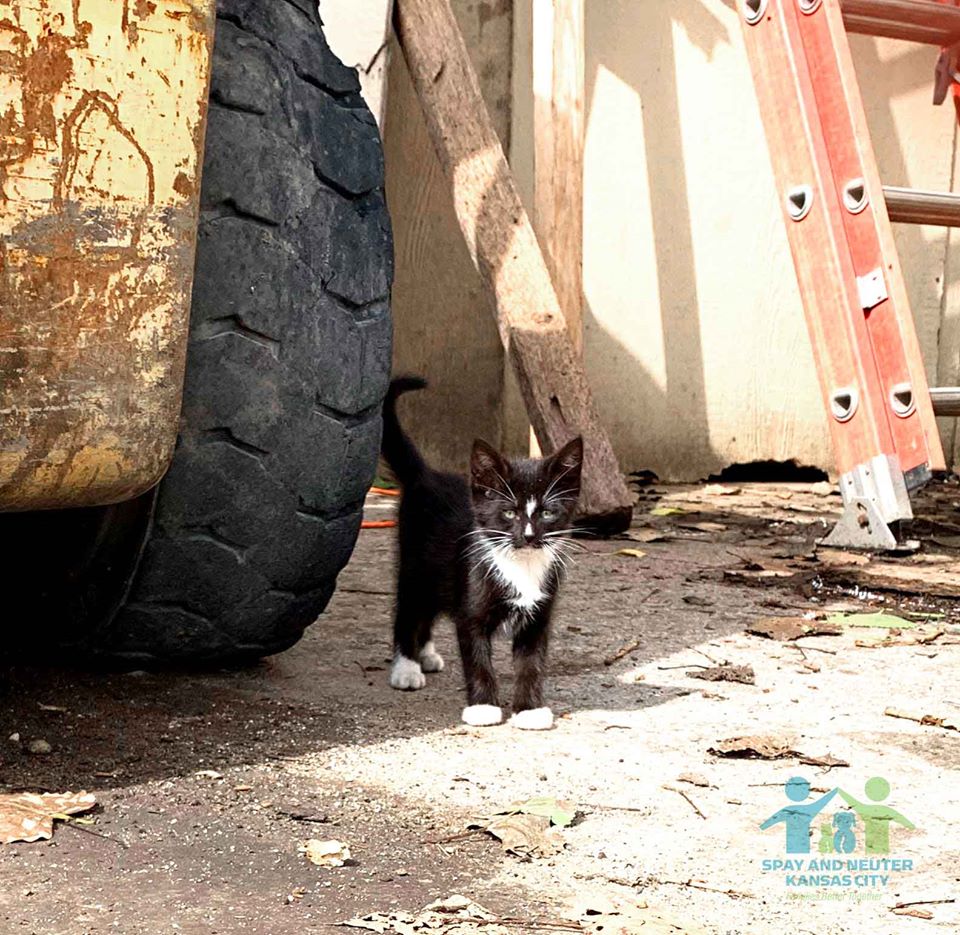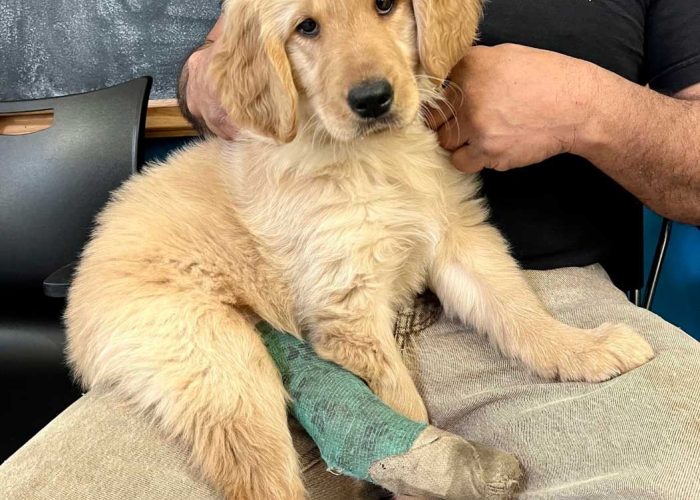Kitten season sounds like heaven for most animal lovers because, let’s be honest, who doesn’t love those adorable little faces? However, the fact of the matter is that it’s much more serious than most people think.
We are already entering that time of year, and animal shelters and other animal welfare organizations are bracing for the tidal wave. Best Friends says kitten season is the most challenging time of year for animal shelters; although they are easily adopted, having them flood the shelters in such high volume and at a consistent rate takes a large toll on their organizations.
This cycle is endless as long as unaltered cats remain on the streets, so here is everything you need to know about kitten season: what it is, what to do and how you can help.
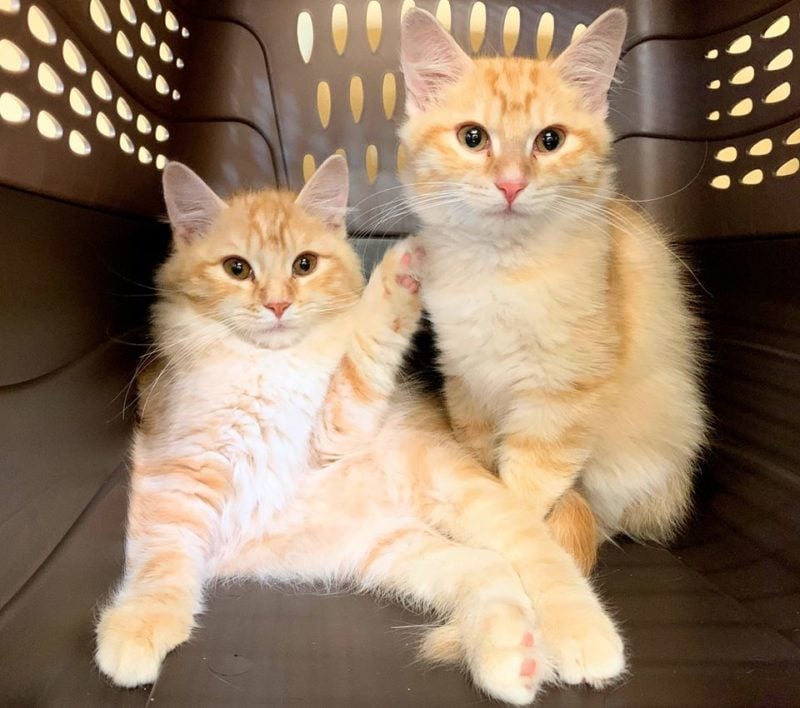
What is kitten season?
First and foremost, it is important to know cats can reproduce at any time throughout the year, but they are more likely to go into heat in warmer weather, which is why the beginning of spring is typically known as the start of kitten season. Best Friends highlights the reasons for this phenomenon: longer days, better weather and more access to food, giving them a higher survival rate and ready to reproduce.
Found Animals says kitten season usually slows down in October, but our outreach team has rescued a litter of kittens from a dumpster before in frigid December.
“A misnomer now is that kitten season ends,” says Ramona, our community resource specialist. “It slows down, but it never ends.”
Each heat cycle typically lasts around seven days, and within 60 days, the cat is ready to give birth, according to Found Animals. On average, cats can have four to eight kittens every litter. Once the mother is fully done weaning the kittens, which is usually around six to seven weeks, her body is ready to go into heat again, and the cycle of never-ending kittens repeats itself.
Unlike other animals, cats can have back-to-back litters up until the weather gets colder and the natural instinct to reproduce slows down (Best Friends). Best Friends and its partners took in nearly 253,000 kittens in 2017 alone.
Common places you’ll find them
Just like any mother, cats will find places to care for their kittens that keeps them out of harm’s way. And they will move them if they feel they are being put in danger.
“[They will find] anywhere and everywhere they can hide them,” Ramona says. “Window wells, under decks, crawl spaces, garages, basements, quiet and out-of-the-way places…”
With kitten season upon us now, please be extra alert when doing yard work or are outside in general. And if you come across a cute litter of kittens, resist the feeling of wanting to pick them up and cuddle them. Here’s what you should do.
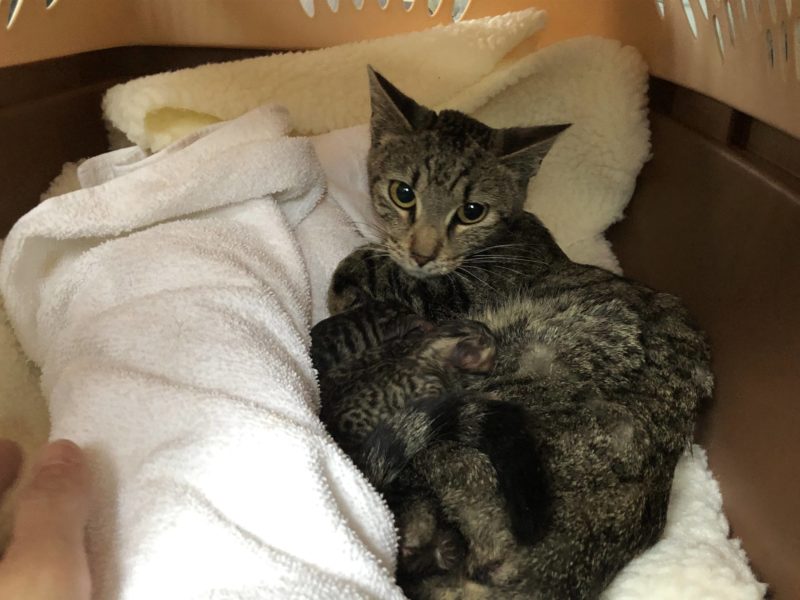
Kittens in mom’s presence
Do not disturb or interrupt the mother or her kittens. The best thing you can do is leave them alone, especially if they are in a safe place.
“They have a better chance of survival with their mother, and some people have a misconception of that,” Ramona says.
The reason for this is because it is very hard to bottle feed kittens when they are taken from their mother too soon, putting their lives at risk. By waiting until they are fully weaned, you take a large toll off of animal shelters who are constantly caring for kittens who need to be fed and manually stimulated to use the restroom every two to four hours if they are under 4 weeks old (Best Friends). On top of this, the mother will stop producing milk and immediately go back into heat, making matters much more complicated and potentially putting the next litter at risk, on top of the newborns who are already receiving extensive, around-the-clock care.
Do not try to touch or move the kittens if the mother is taking care of them. If you disturb them, the mom will snatch them up and move them to a different place where you won’t be able to find them. However, if they are in a precarious situation, such as being in a driveway where they could be hit by a car, you can move them out of the way, but it’s very important that you leave them in a nearby place where the mother will be able to find them.
Once the kittens are about 6 to 7 weeks of age where they no longer need to be weaned, you should take them to the city’s municipal animal shelter, along with the mother if possible. If she’s not easy to catch, you should humanely trap her so she can get spayed and won’t give birth to more kittens. Depending on her temperament, she might be eligible for adoption and find a loving family, as well. If she seems to be more feral, PRCKC offers $35 spay surgeries for community cats, making us one step closer to breaking this cycle.
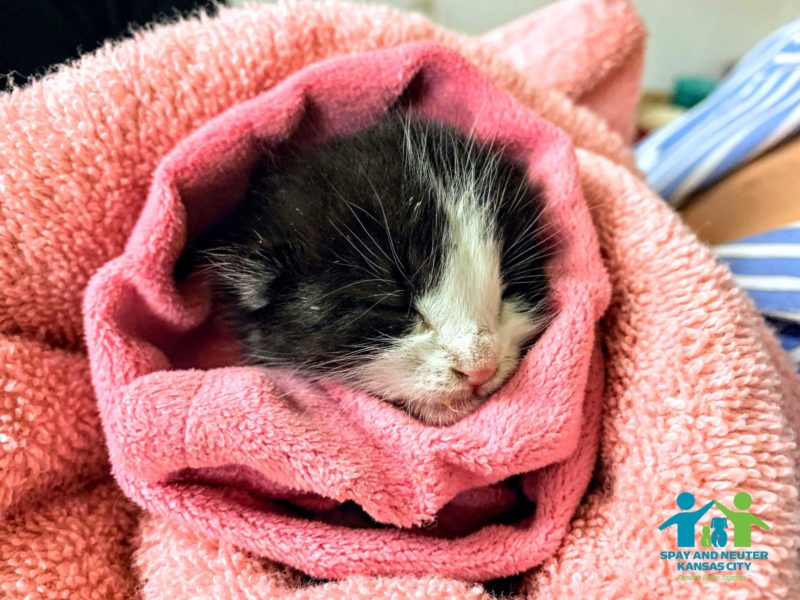
Kittens abandoned by mother
When kittens are found without their mother, you should wait to see if she returns. If she doesn’t, action is now necessary.
Depending on their age, you can scoop them up yourself, but they may need to be humanely trapped if they are older, more rambunctious or scared of humans. Either way, taking them to the city’s municipal animal shelter is the best thing to do. If you don’t have a live humane trap, PRCKC also offers trap rental services for a $50 refundable deposit per trap.
Ways to help
Besides trapping the mother and kittens and taking them to the shelter at the appropriate time, you can:
- Become a foster parent to a momma cat and kittens this season
- Adopt a feline(s) from your local animal shelter
- Donate money or supplies to shelters in need
- Volunteer your time at an animal welfare organization
- Partake in TNR (trap-neuter-return) of community cats
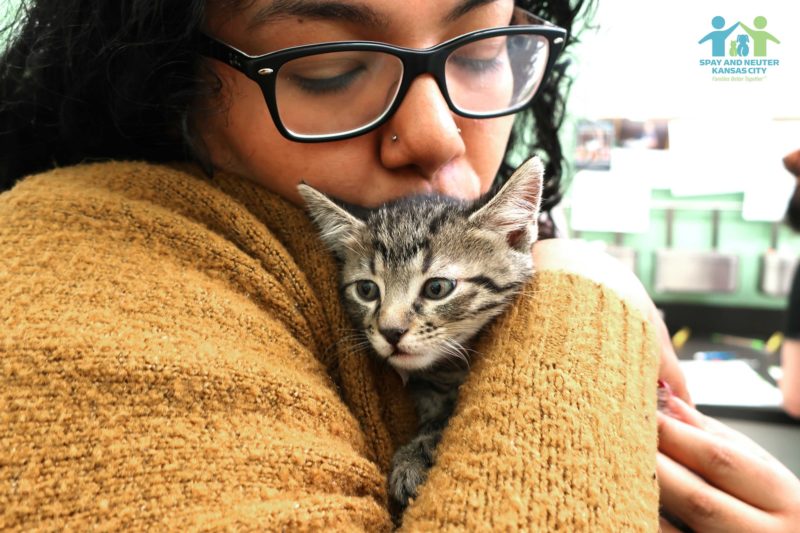
PRCKC does not intake animals of any kind, but we can assist members of our community in case of an emergency. Please call us first at 816-353-0940 if you find any kittens this spring and are unsure what to do. Our staff would be happy to assist you.
Other trustworthy resources:
